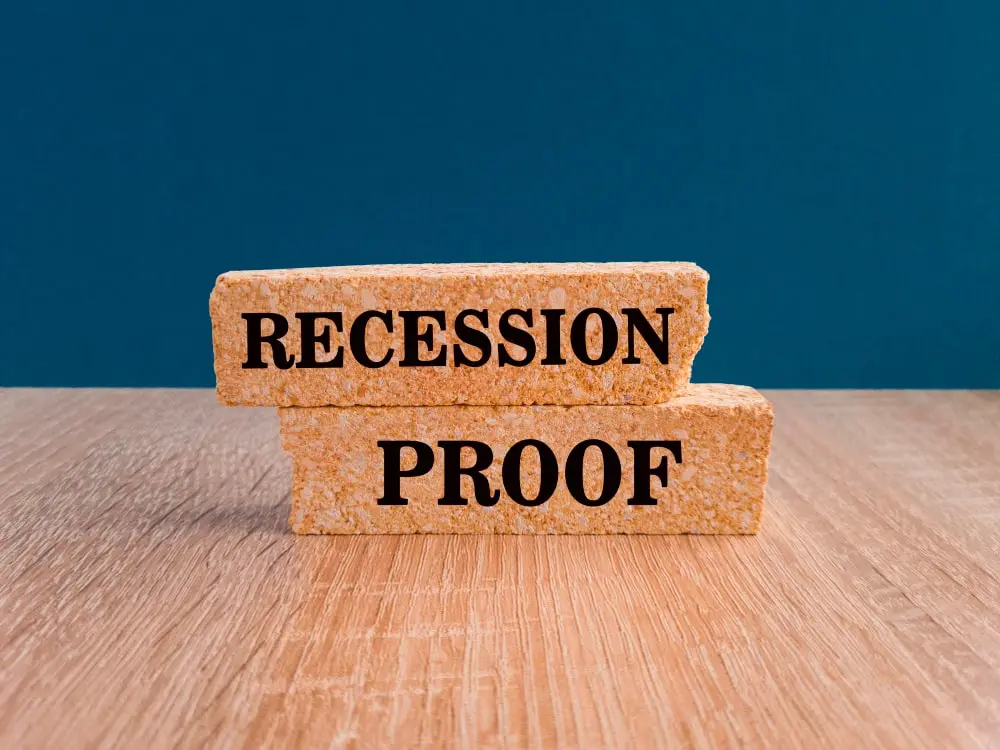Table of Contents
ToggleIn real estate investment, where money is the currency of the world, getting a grasp of the critical financial metrics is crucial in making sound choices. A unique indicator that plays an extremely critical role, particularly in the case of the real estate debt fund industry, is the loan-to-value (LTV) ratio.
This ratio, being an essential one, helps market participants in the measurement of risk and accordingly deduce the returns that they are likely to obtain. This blog will explore the LTV ratio, its importance in real estate debt funds, and how skilled investors use it to decide on which funds they’d like to invest their money in. Understanding Loan-to-Value Ratio
At its core, the Loan to Value ratio is set to define the connection between the loan amount received and the appraised value of the property that stands as collateral for the loan. It is converted to a percentage and calculated as the loan amount divided by the appraised value of the property.
For example, if the appraisal price of the property is $500,000 and the loan amount is $400,000, the debt-to-value ratio would be 80% (($400,000 / $500,000) x 100).
LTV and Risk Perception
The loan to value ratio is a measure that expresses a higher LTV as a greater risk from a lender’s side. However, in case of default by the borrower, the lender owns less equity (property value minus the loan amount) that they use as collateral to gain proceeds through a sale if needed.
As a result, lenders usually grant lower interest rates for loan portfolios with lower LTV ratios because this type of loan is perceived as more safe. While it is true that higher LTV loans are associated with higher interest rates to compensate for the increased level of risk, this may be the only alternative available to many homebuyers. LTV’s Significance in Real Estate Debt Funds
Real estate debt funds are designed to lend to developers of residential and commercial properties for different projects, from residential developments to commercial projects. The LTV ratio is one of the important parameters, among others, that act as a gauge of risk involved with these loans and determine the interest rate charged by the fund.
Risk Assessment: If the loan to value is less, lenders have a good indication that the loan amount is very small and the property’s value offsets their risk. On the contrary, a higher LTV ratio indicates a greater possibility of the loan being defaulted, and that is not sufficient as an asset(property) may not provide adequate collateral to cover the loan.
LTV ratios are an important debt fund tool for real estate that is used in assessing how creditworthy the borrowers are and the terms of a loan, such as the interest rates and the schedule of repayment. Lower LTV ratios normally bring better borrowing conditions, allowing even greater flexibility in payments and a higher amount of credit. A significant increase in LTV, on the other hand, can result in costly interest rates or solidify the need for additional collateral.
Capital Preservation: The LTV ratio should be kept consistently as building up capital is necessary for the debt fund. The exposure of the funds to mortgages LTV is limited by the fund managers. In the case of a market falling or property downturn, the potential losses through such risk can be mitigated.
The LTV ratios work as a guardian against price fluctuations in the real estate market, keeping the fund’s capital safe from unforeseen sharp economic changes.
Investment Returns: The investors in real estate debt funds get income from interest and an opportunity to appreciate the capital based on this gain. The risk-return relationship of the investors is determined through this ratio.
The lower LTV ratios, however, might involve lower profits, but they offer the principal stability and safety. High LTV ratios, on the other hand, may be riskier since they generate greater yields but less security and stability.
To take a different perspective, higher LTV levels could entail higher gratifications, although risk rises too. Investors must look at their risk level as well as their ideal goal for investment and conduct an in-depth scrutiny of LTV ratios for each loan they intend to invest in a debt fund.
Using LTV Ratio to Make Informed Decisions
As real estate debt fund investors, we consider LTV ratios an important tool in deciphering and analyzing mortgage debt. Here are some key considerations:
Evaluating Fund Risk Profile: Examine the LTV (Loan-to-Value) ratio of your debt fund in the context of the target or mean value. This will give an idea about the level of risk the fund can withstand, hence leading to information about the kind of return the fund is likely to deliver in the long run. Ultimately, a less average LTV is linked with a more conservative strategy which is executed by a lower risk-reward strategy. By contrast, a higher LTV indicates a potentially higher risk-reward strategy.
Comparing Funds: Analyze the LTV ratios in debt funds for various funds to draw an idea of the risks involved and to check their suitability for your investment goals.
Understanding Investment Mix: Certain LTVs may spread across the high- or low-LTV bonds of the fund if that buyer wants to diversify. Diversification of investments in this manner may prove an effective tool for managing risk and securing a higher return yield on different investments. Look into investing in funds with different geographic areas of focus or real estate property types as a method of further diversification through the reduction of risks.
Conclusion
Through the knowledge of the LTV ratio and its significance in real estate debt funds, you get information about risk management, return on investment, and general strategy for investments. While LTV is an important factor in itself, it is not the only one that needs to be taken into account.
Assessing the fund manager’s experience, property attributes, fund diversification, and related fees sheds light on the possible investment decisions in real estate debt funds, establishing better and possibly profitable outcomes. Visit Munshi Capital to start your journey toward financial growth now!





